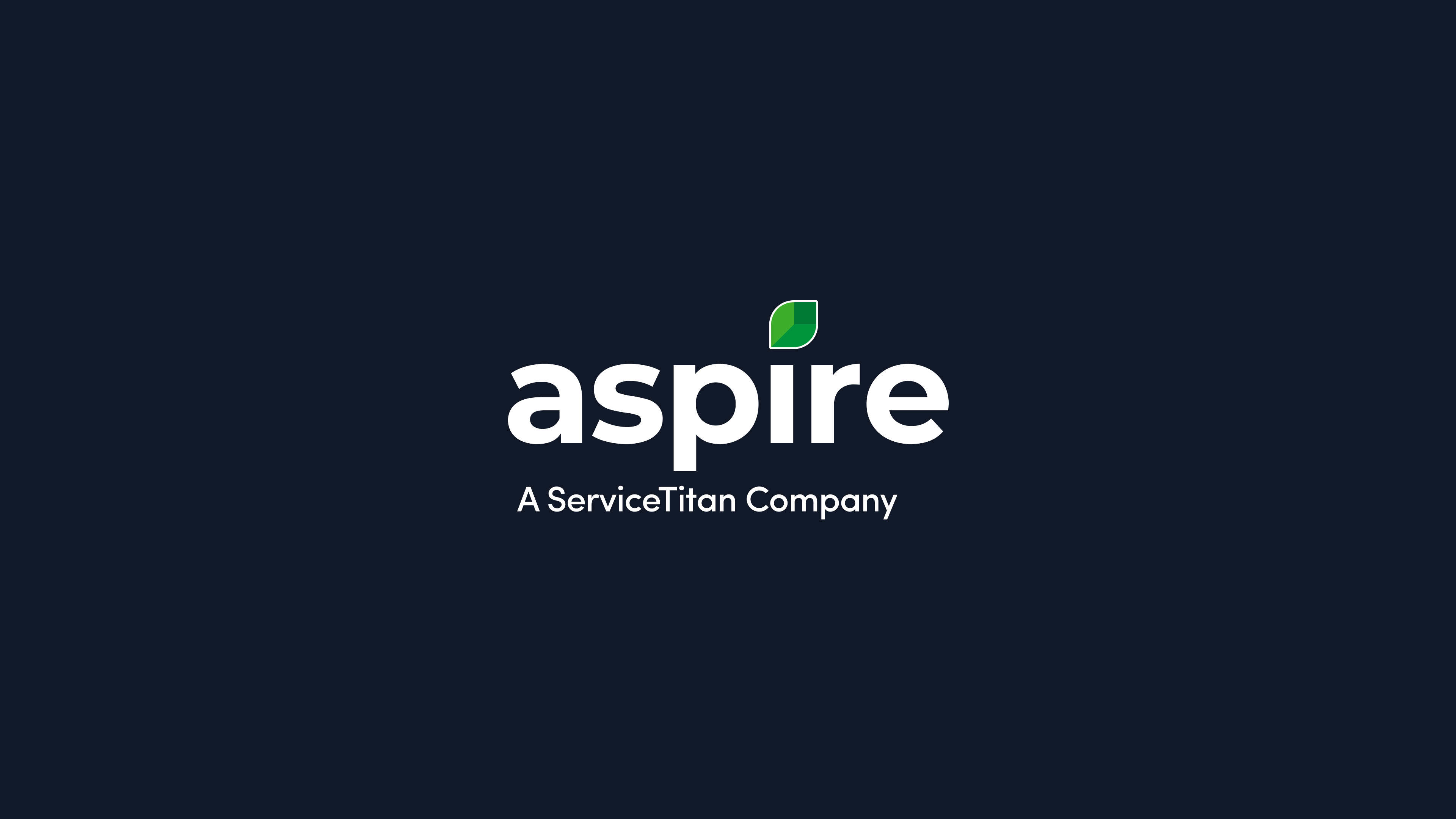When it comes time to optimize operations in the landscaping industry, business owners look to invest in software. Management software delivers the functionality growing companies need to increase efficiency as they scale.
As a business owner, you want a tool that:
Aligns your organization
Enables your staff to perform autonomously
Provides visibility into the ongoings of your company
While the decision to get new technology may seem straightforward, one thing that isn’t always clear about software solutions is how to get the most out of the tool.
Responsive change management is essential to successful implementation
Onboarding your entire business onto a new management system isn’t always as easy as the project team clicking a few buttons.
→A management tool should mimic daily processes on a digital platform so that no part of a business is siloed or disconnected.
This is why proper implementation is key to a smooth rollout of a new management system, and that’s why we’re taking the time to go through some guiding best practices for your software implementation project plan.
Set goals for your implementation team
It’s important to know what you want to get out of your management software after the go-live date.
The best way to achieve optimal results is to set goals and set them early.
Having a clear path set for project success as your organization onboards will increase the chances of success. Consider using the SMART goals methodology:
Specific
Measurable
Achievable
Realistic
Time-bound
A great way of using milestones is to establish a path to scale. You can create a timeline for deliverables as you transition parts of your company one by one. This way, you’re not overwhelming your entire organization with the shift all at once.
Your goals and metrics for success should align with a vision that delivers buy-in from the entire company.
If you all understand the end goal of this new system, it’ll be easier to move as a cohesive union.
Invest in the implementation project before you onboard
If you want to hit the ground running with a new system, you have to do the prep work. It’s not as easy as reviewing your current processes and pinning them to an online platform for automation.
→A management platform won’t solve all your problems. Investigate pre-existing issues and hang-ups before investing in a new solution.
There are a few key areas to focus on before you’re ready to invest:
Data
Your new system won’t just provide the data for you. You need to understand your current analytics sources and clean up reporting so you can onboard your analytical history too.
Funds
Financial reporting is another aspect of your business you want clear insight into before launching your new software. You’ll want to forecast your margins to analyze growth once onboarded.
Undocumented processes
Don’t get stuck thinking you can recreate your operations on the new platform from memory alone. Take stock of your documented procedures and provide details to your decision-making team to ensure the new software system can cover every aspect of your tasks.
Don’t settle for business process workarounds.
The last thing you want to see come from your new software is your team using a bunch of hacks and workarounds.
Nothing says wasted investment like watching your team settle for improper and ineffective processes.
To avoid this, make sure you take the time to inspect each workflow as you transition during the software implementation plan.
Create a workflow diagram to visualize task connections and dependencies
Go down the line to ensure tasks and processes work hand-in-hand.
Look for hang-ups in the process to see where productivity slows
Processes should mimic your typical workflow, just in a more fluid nature. If something is getting done, but you’re not getting visibility into how, then that’s most likely a signal for an improper implementation.
The implementation process is an opportunity to build a foundation for future growth.
It may seem small at the time, but you’re building an entirely new system for your company to operate with and grow.
→ One small workaround could scale into a chain of broken processes that reduce your flexibility and responsiveness.
Fortunately, workarounds aren’t the nail in the coffin for a failed implementation. There are always opportunities for fixes.
Work with project management consultants.
Trusting the experts behind your system is the best way to set up your transition for success.
Many software solutions come with a team of consultants that can work with you to create unique workflows accustomed to your business model.
Before choosing your software solution, research the provided support.
A simple FAQ page won’t be enough to get the necessary answers when you run into a pinch. You need a dedicated support team that can provide individualized support.
Investigate the promised support for stakeholders
Customer support shouldn’t be hidden behind pricing plans, and expertise should be accessible when you need it. A support team can offer more than DIY webinars and basic fixes for issues.
True software partners will help elevate your processes to be more efficient and responsive.
The most important thing when selecting new technology is its ability to scale with you and deliver ongoing improvements to your operations.
Read our software implementation best practices guide
If your company is on the cusp of investing in a new solution to your management needs, then be sure to check out our complete guide to a successful software implementation.
It covers all the best practices you need to know to prepare for and enjoy a successful software implementation and provides pro tips from experienced vets in the landscaping industry.
Use the form in the sidebar to tell us about your landscaping company, and get the guide in seconds so you can begin implementing a new solution that meets your business needs today.











